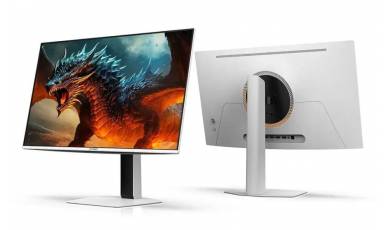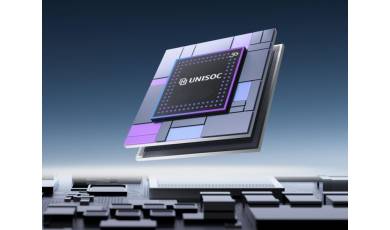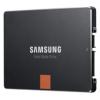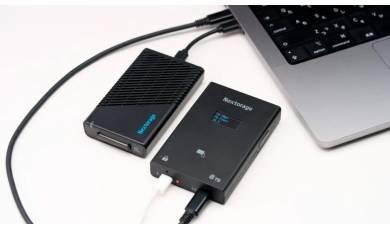Kingston 500 GB SNV2S/500G specs.
SSD Specs >> Kingston >> Kingston 500 GB SNV2S/500G| Specifications | | | Reviews |
Drive Performance Kingston 500 GB SNV2S/500G
Maximum Read Transfer Rate:
3500 MB/s
Maximum Write Transfer Rate:
2100 MB/s
Endurance (TBW):
160 TB
Network & Communication Kingston 500 GB SNV2S/500G
Wireless LAN:
No
Ports & interfaces Kingston 500 GB SNV2S/500G
Drive Interface:
PCI Express NVMe
Drive Interface Standard:
PCI Express NVMe 4.0 x4
Design Kingston 500 GB SNV2S/500G
Drive Type:
Internal
Form Factor:
M.2 2280
Height:
86.61 mil (2.20 mm)
Width:
0.87" (22 mm)
Length:
3.15" (80 mm)
Weight (Approximate):
7 g
Reviews, Questions about Kingston 500 GB SNV2S/500G
Write Review / Ask a question about Kingston 500 GB SNV2S/500G
Popular today
Ruler: THNSNC GBSJ; Type: SSD; Support 4K: yes; Type flash memory: MLC; Purpose: laptop; Form factor HDD: 2.5"; Volume: 256 GB; The write/read speed: 180/220 MB; Connection: SATA 3Gb/s; External ...
Ruler: SSD Series PM841; Type: SSD; Support 4K: yes; Purpose: laptop; Form factor HDD: 2.5"; Volume: 512 GB; The write/read speed: 330/540 MB; Connection: SATA 6Gb/s; External data transfer rate:...






